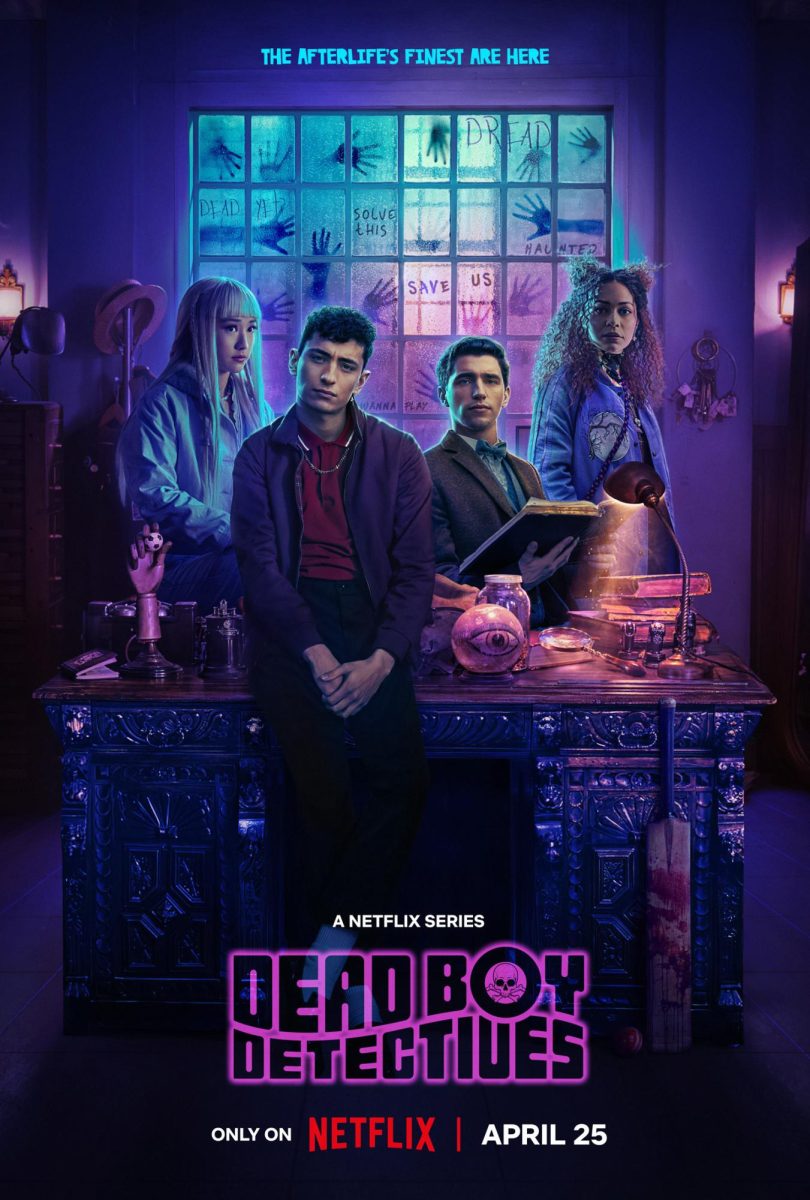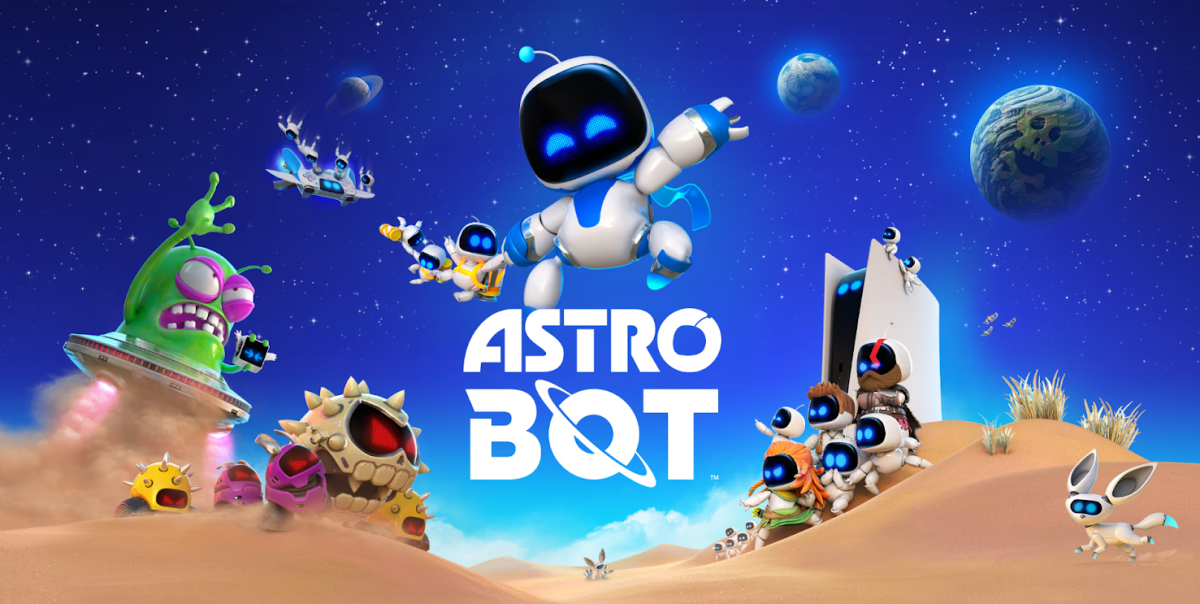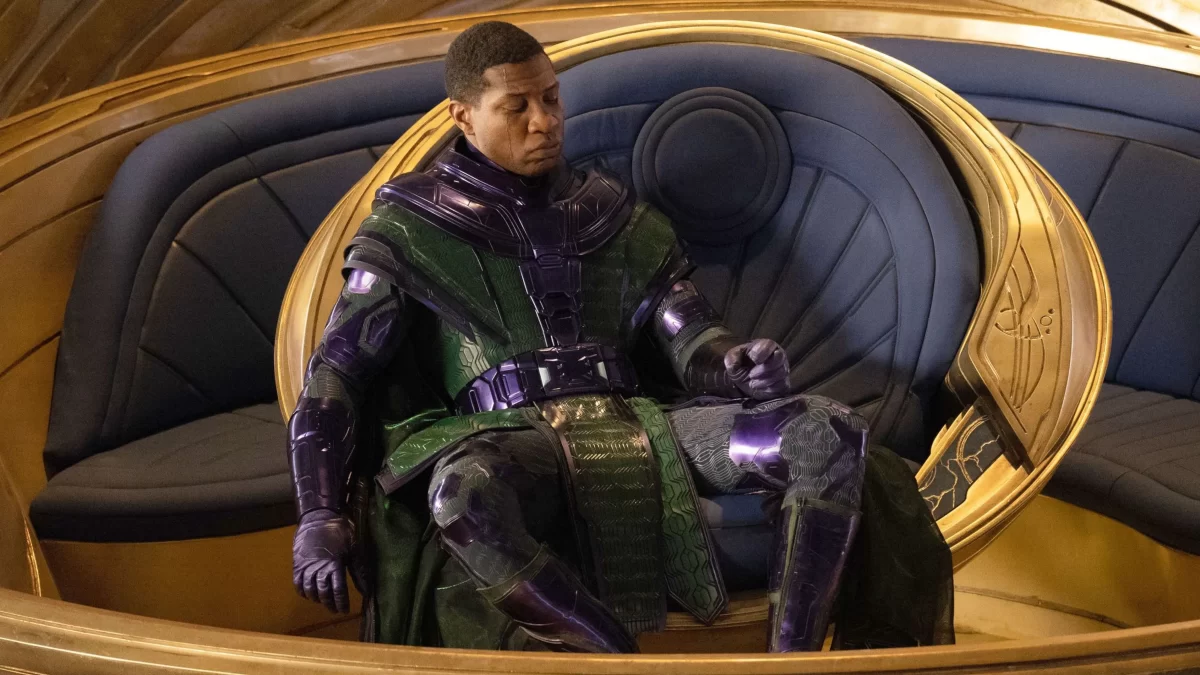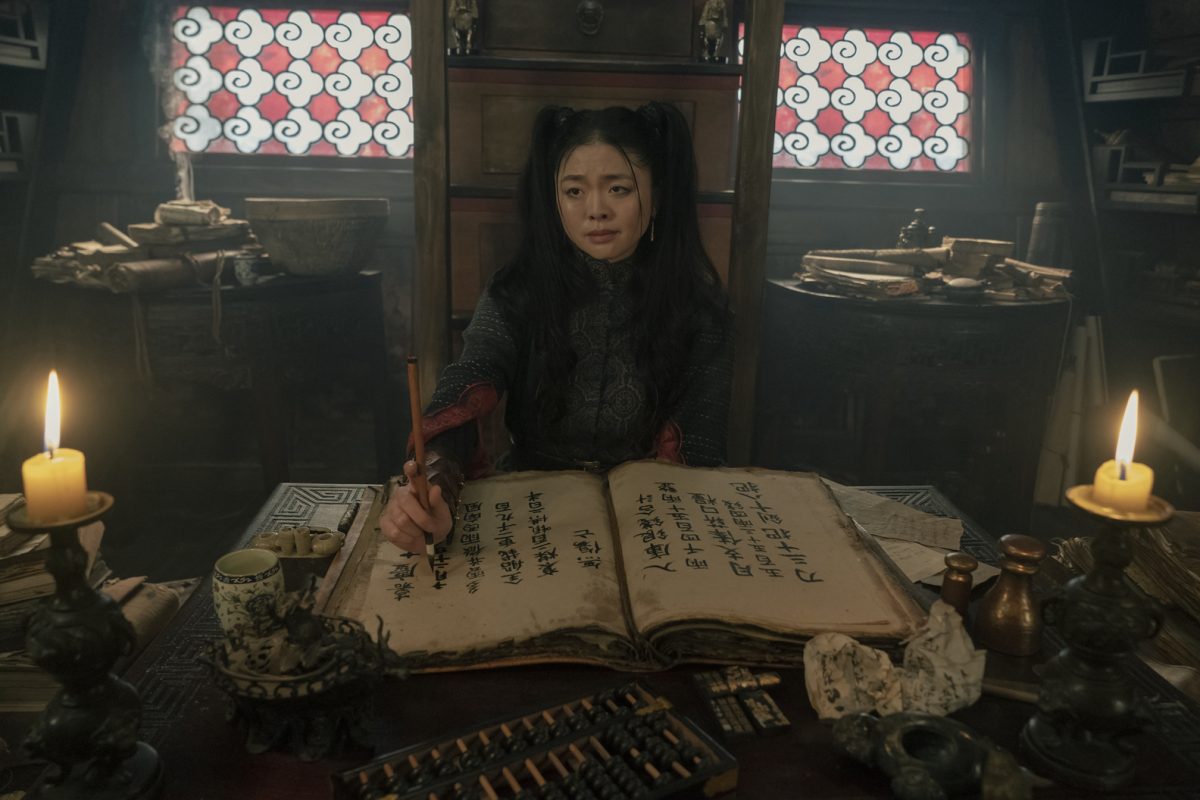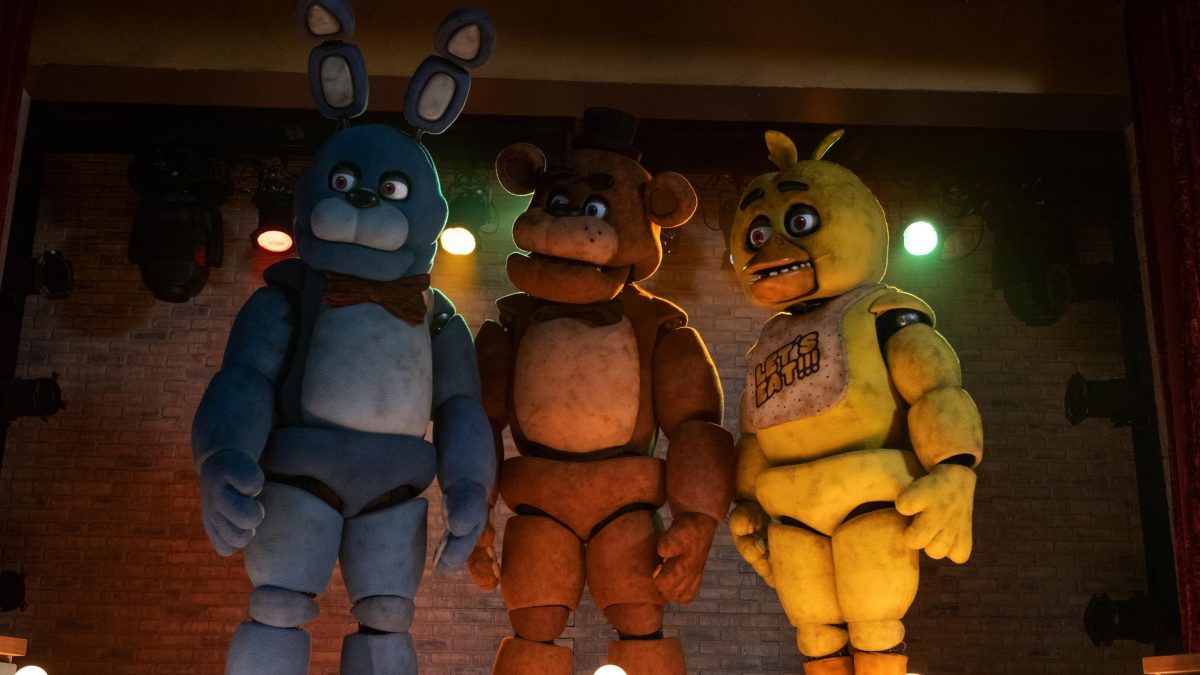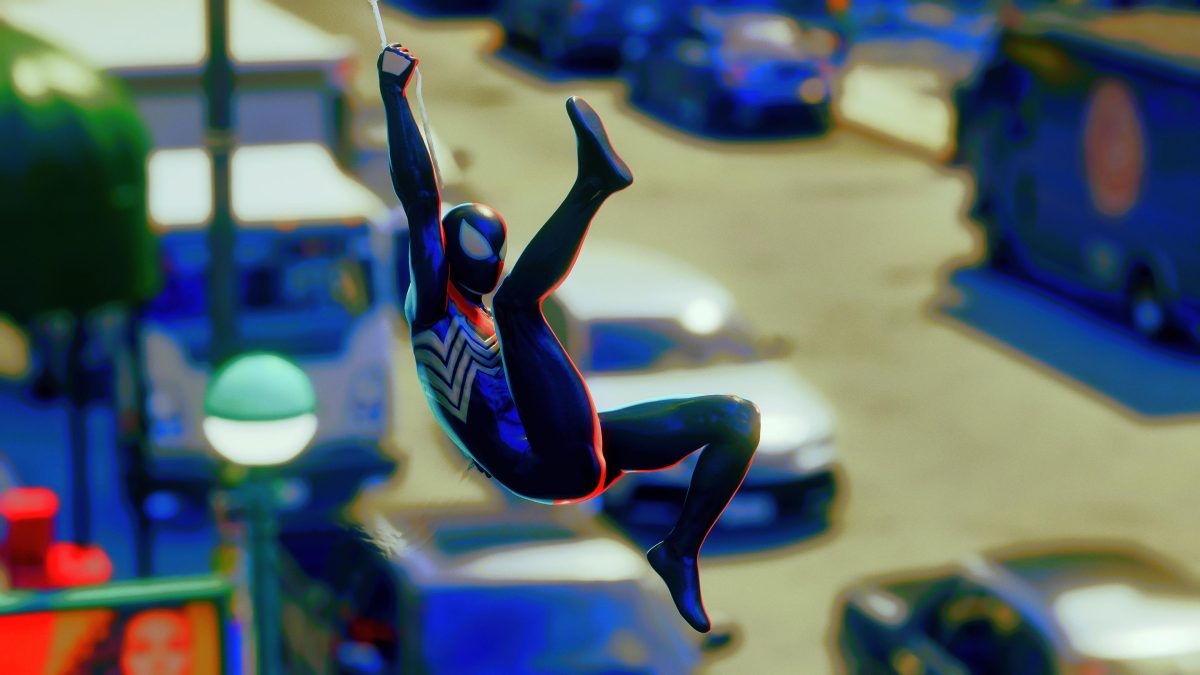By Chris Withers
“Speed Grapher” takes place in a dystopian future where former war turned tabloid photographer, Tatsumi Saiga, is snooping around Japan looking for the Roppongi club. The club is allegedly where the big names of Japan can indulge in their sexual fantasies, legal or otherwise. When Saiga finds the club he interrupts one of their rituals and after being kissed by an alleged goddess, a young 15-year-old girl named Kagura, he gains the power to destroy anything that he photographs with his camera. Now he and Kagura are on the run from the club’s founder, Chouji Suitengu, and other super-powered beings called Euphorics.
“Speed Grapher,” a 24-episodes long series, is animated by Gonzo and produced by Funimation. The series is available on Netflix or on DVD by Funimation as part of the S.A.V.E line for under $20 on Amazon. This review, highlighting the positive and negative aspects, is based on the American version of the show, found on the DVD and Netflix.
 “Speed Grapher” is an interesting anime considering its stance to make a point to make but unfortunately fails to deliver it. The biggest point it wants to make is the emphasis on money in modern society, which is a topic that has no fewer than three five-minute monologues over the course of the series. “Grapher” wants to make all kinds of points, such as the value of money being higher than life, desire, and the corruption of the government. Yet rather than allowing the story to make these points on its own, it has its characters stop the plot to have several minute-long monologues about them. The show suffers from blunt message mongering that undermines its characters’ story arcs by forcing them to become avatars for political discourse rather than actual characters.
“Speed Grapher” is an interesting anime considering its stance to make a point to make but unfortunately fails to deliver it. The biggest point it wants to make is the emphasis on money in modern society, which is a topic that has no fewer than three five-minute monologues over the course of the series. “Grapher” wants to make all kinds of points, such as the value of money being higher than life, desire, and the corruption of the government. Yet rather than allowing the story to make these points on its own, it has its characters stop the plot to have several minute-long monologues about them. The show suffers from blunt message mongering that undermines its characters’ story arcs by forcing them to become avatars for political discourse rather than actual characters.
Many of the main characters, including Saiga and Suitengu, are very morally grey; Saiga in particular is set up more as an anti-hero. It’s established very often that a Euphoric power is connected to the hidden desires of the person using it, thus implying that Saiga really wanted to take others’ lives with his camera, which the show is smart enough to allow the audience to draw conclusions about rather than holding a lecture about it.
The other Euphorics range from interesting to boring. In the first half of the show the Euphorics are all well characterized and occasionally even sympathetic, like the diamond lady, or at the very least scary. Of all the characters though, Kagura is the weakest link. She is essentially a perfect Mary-Sue who has no real flaws. She’s innocent and comes from a rich family. Even with her background, she cares for the people in the lower class, enhancing her as a perfect, one-dimensional character.
Besides Kagura, one of the big downfalls of the show is its art, which is dreadful. Blocky, poorly animated characters go off model way too frequently. This is strikingly odd since Gonzo is considered a pretty good animation house but expectations were not met in “Grapher.” Several of the Euphorics are also very boring in terms of design. Two of the Euphorics have a spider look to them and one of the more interesting powers only has one episode to her name while we have to suffer through two episodes of the Dentist from the first half of the series.
too frequently. This is strikingly odd since Gonzo is considered a pretty good animation house but expectations were not met in “Grapher.” Several of the Euphorics are also very boring in terms of design. Two of the Euphorics have a spider look to them and one of the more interesting powers only has one episode to her name while we have to suffer through two episodes of the Dentist from the first half of the series.
One of the more positive aspects in the show is the sound design. Most of the music – the exceptions being one scene where Kagura sings and the two ending themes – is entirely instrumental and it helps set the mood of the series very well. This is one of very few shows that I’ve seen that goes past the thirteen episodes mark that only has one opening song but I am thankful in this case for it. “Shutter Speed” is the show’s opening and it’s very good – the synth, the guitar, and the drum beats come together very well, making it one of the more memorable tracks. The other tracks are pretty good but you probably won’t remember them after you first hear them. My one big problem with the soundtrack is the inclusion of vocal music for the ending theme. The reason is that the instrumental fits the story far better than the singing pieces as most of the instrumentals are very rock sounding and the endings are slow almost alternative pieces that don’t fit the harsh tone of the series.
Overall the show is very good in my opinion, but that doesn’t guarantee you’ll like it. This is the kind of show that the word ‘polarizing’ was meant to describe. While I enjoyed the story and characters enough to overlook the missteps that the plot takes in its second half, others may not be as kind to the series due to the bland animation and the boring ending. While I liked the unobtrusive musical scoring, others looking for a more bombastic score will be disappointed. Overall the series is worth a look if you like dark sci-fi anime; and have already seen “Deadman Wonderland,” “Chaos;Head,” “Rin: Daughters of Mnemosyne,” “Phantom,” and “Gunslinger Girl.”
Categories:
"Speed Grapher" is a smart but sick ride
October 11, 2012
0
More to Discover


